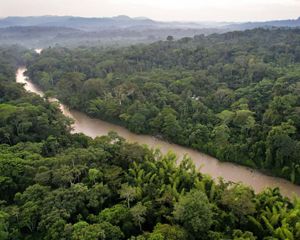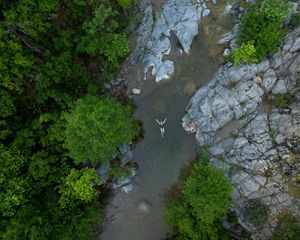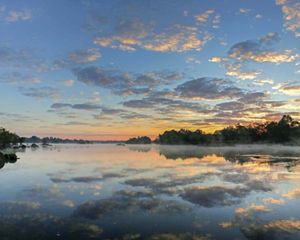
Why We Need Durable Freshwater Conservation
Freshwater ecosystems are some of the most threatened on Earth—here’s how we change that.
By Jeffrey Parrish and Robin Abell
The world is waking up to the biodiversity and climate crises—and the reality that these issues are intertwined. Yet, in the global dialogue around how to address these two crises, freshwater ecosystems—on which all life depends—have been largely ignored. This has to change.
When it comes to protecting nature, lands have traditionally taken center stage, perhaps a bias of our own terrestrial nature as humans. Yet the conservation of rivers, lakes and wetlands takes intent and dedicated design that recognize the dynamic, connected nature of these ecosystems.
If we’re committed to protecting the full diversity of life on Earth, to maintaining human well-being, to addressing climate change and to avoiding wars over scarce natural resources—it’s time to pay attention to the world’s freshwater ecosystems.
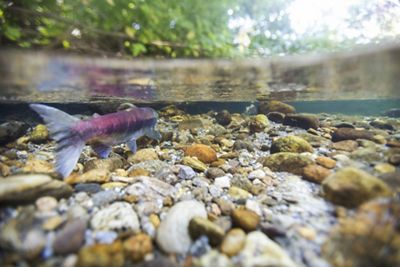
High-Value Ecosystems at Risk
From the turquoise waterways of the Balkans to the extensive watersheds of the Amazon, rivers, lakes and wetlands are critical life-support systems that provide incalculable benefits to people and the planet. They provide food security, water purification, soil enrichment and even fire risk reduction. They are places of cultural and spiritual renewal. We find solace in these waters and are humbled by the diversity—fish, reptiles, amphibians, invertebrates, mammals and plants—they support.
Freshwater ecosystems cover less than 3% of the Earth’s surface but shelter an estimated 12% of all known species, including one-third of all vertebrate species. And they are richer in species diversity per unit area than terrestrial or marine ecosystems.
But they are under threat.
Freshwater life is declining due to a rapidly changing climate, pollution, dams, unsustainable water use and land use change—with multiple threats at work in any given system. One-quarter of freshwater fish and an even higher percentage of amphibians are currently threatened with extinction. All told, monitored freshwater species populations have declined by 85% since 1970.
Yes, it’s happening on our watch.
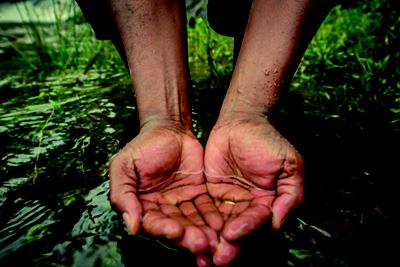
A Deeper Dive
For too long, the conservation world has assumed that terrestrial protections are sufficient for conserving rivers, lakes and other freshwater systems. The flaw in this logic is evidenced by the fact that there are 1,249 large dams located in terrestrial protected areas—and 500 more dams planned in protected areas worldwide.
Freshwater ecosystems are moving, dynamic systems with their own protection and management needs in time and space that require—and deserve—us to look beyond the lines drawn for protection of terrestrial species. The same level of attention and commitment given to terrestrial systems must also be delivered to freshwater systems.
Today, we are facing a once-in-a-generation opportunity to change freshwater ecosystems’ fate. The Nature Conservancy (TNC) has committed to a significant investment in freshwater conservation, setting bold goals for this decade to reverse these declines. Working side-by-side with partners, communities and decision makers across the globe, we aim to conserve 30 million hectares of lakes and wetlands and 1 million kilometers of rivers by 2030.
A key approach for getting there is durable freshwater protection, which combines legal and other effective mechanisms to deliver enduring, equitable protections that reflect the needs of people and nature for generations to come.
Quote
If we’re committed to protecting the full diversity of life on Earth, to maintaining human well-being, to addressing climate change and to avoiding wars over scarce natural resources—it’s time to pay attention to the world’s freshwater ecosystems.
Our durable freshwater protection efforts are grounded in Target 3 of the Kunming-Montreal Global Biodiversity Framework (also known as the 30x30 target), which calls for the protection and effective management of 30% of the world’s lands, inland waters, and coastal and marine areas by 2030.
We worked with partners and governments to put fresh water on the world’s radar and subsequently developed indicators to measure freshwater protection coverage baselines and track changes over time. As a result, for the first time, the Protected Planet report—the global accounting of the world’s progress against its protection targets—has reported on inland waters separately from terrestrial, which is a key step forward in tracking freshwater ecosystem health.
At the national scale, we are advising countries on setting country-level freshwater protection targets, defining indicators that work for them and laying out activities for achieving their goals. The next step will be implementing representative, effective, durable and inclusive protections, drawing on foundational TNC-led guidance on inland waters protection published by IUCN’s World Commission on Protected Areas.
For many countries, this is the first time that they’re thinking explicitly about freshwater conservation. Some—like Gabon—are setting bold targets and securing durable financing through a Project Finance for Permanence initiative, showing the world what protecting rivers, lakes and wetlands could look like.
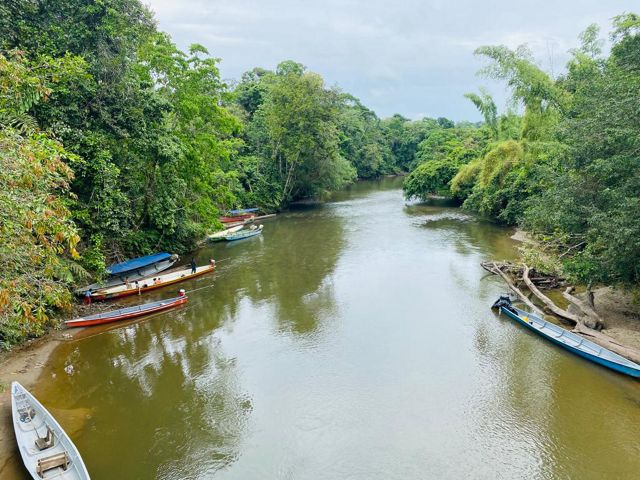
In Ecuador, the newly established Amazon Biocorridor Program, supported by TNC’s Nature Bonds Program, will include new and strengthened protections for 18,000 kilometers of connected rivers, improved freshwater management in 4.6 million hectares of existing protected areas, and freshwater protections within 1.8 million hectares of new protected areas.
In addition to these global and at-scale efforts, we are working at the grassroots level with partners to develop durable freshwater protections that reflect local needs and values. Examples include an Indigenous-led effort in the Ecuadorian Amazon to create a 371,380-hectare conservation area that will provide river connectivity and protect more than 200 species of fish that serve as the primary source of protein for local communities.
And in the Balkan Peninsula of Southeast Europe, home to some of the last free-flowing rivers on the continent, TNC is working with six regional partners across five countries as part of United for Rivers, putting local communities at the heart of conservation efforts.
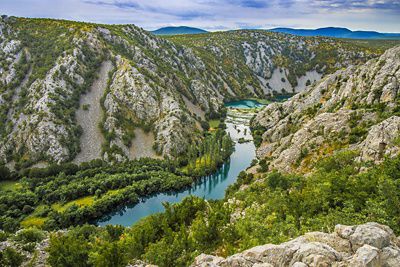
The Path Forward
In this last-chance moment for global biodiversity conservation, we must push for dedicated and durable freshwater conservation investments to protect and effectively manage the free-flowing and connected freshwater ecosystems that remain, as well as to secure restoration gains. We can no longer assume that land protections are sufficient to protect the freshwater ecosystems that cross through them, ignore water-mediated threats that originate outside protected areas, or enact protections without the full participation of local communities whose lives and livelihoods are enmeshed with the health of freshwater systems.
At TNC, we are driving toward meaningful freshwater protections at scales the world hasn’t seen previously. For rivers, we are focused on:
- Unlocking financing and know-how to help communities free rivers from barriers that are doing more harm than good and to catalyze freshwater protections by TNC and partners around the world;
- Leveraging, creating and implementing enabling policies to allow for river protections and securing government commitments and financing for enacting those protections at scale; and
- Supporting system-scale renewable energy and water security solutions that both meet climate goals and avoid dam development while shifting dialogues from river development to river protection.
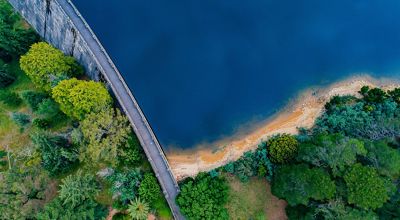
Freshwater ecosystems are resilient—we’ve seen them bounce back when key threats like dams are removed—but right now they’re up against staggering odds. Pollution, altered water flows, fragmentation, direct habitat destruction and climate change are powerful threats. Durable freshwater protection is critical to the way forward.
Join us and our partners in standing up for our treasured freshwater resources—because, frankly, we need freshwater ecosystems as much as they need us.
Global Insights
Check out our latest thinking and real-world solutions to some of the most complex challenges facing people and the planet today.



